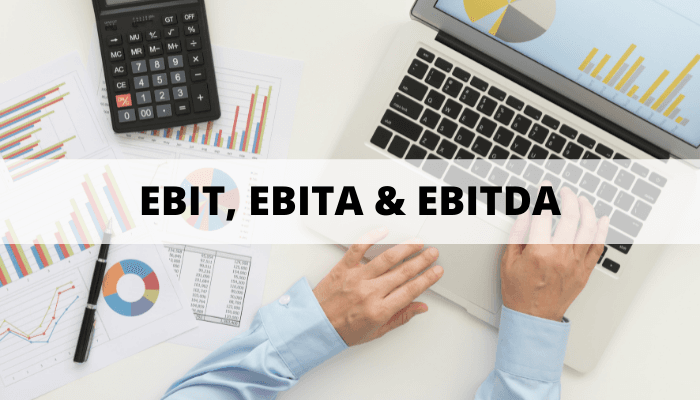EBIT, EBITA and EBITDA – differences
All analyses, articles and other information on this website are presented for informational purposes only. None of the content should be interpreted as professional financial advice, investment recommendations or invitations to buy or sell securities. We are not registered as financial advisors under Swedish legislation, and our content therefore does not fall under the rules for financial advice to consumers.
Investment decisions should be based on careful analysis and professional advice from qualified financial experts. We strongly recommend that you consult an independent financial advisor before making important investment decisions. Remember that all investments involve risks - your capital can both grow and decrease in value, and there is no guarantee that you will get back your original investments. Past results say nothing about future returns.
By using this website you accept that we cannot be held responsible for any economic losses or damages that may arise based on the information here.
On this page we recommend some products and services that we like ourselves. It could be books, magazines or online banks (IG, Avanza or Nordnet for example). Sometimes when we recommend something we get a commission and that's how we make money to have resources to keep the site running.
We think it's very important to stand behind what we recommend so the site only contains links to companies and services that we think are really good.

Table of Contents
EBIT
Earnings Before Interest & Taxes.
EBITA
Earnings Before Interest, Taxes & Amortisation.
EBITDA
Earnings Before Interest, Taxes, Depreciation & Amortisation.
EBIT
EBIT is an abbreviation for Earnings Before Interest & Taxes. To calculate EBIT, you take the net profit and consequently deduct expenses and income that come from interest and taxes. EBIT is the same thing as operating income.
When calculating the value of stocks/companies, EV/EBIT is often used as a key performance indicator. EV stands for Enterprise Value (the company’s market capitalization minus net debt). When you divide EV with EBIT you get a multiple
EV/EBIT - calculator
Fill in the company's figures and the calculator will calculate EV/EBIT for you.
Detailed information
Enterprise Value:
5,000,000,000 kr
EV/EBIT is calculated as Enterprise Value / EBIT.
EBITA
EBITA stands for Earnings Before Interest, Taxes & Amortisation. The difference compared to EBIT is that you also deduct amortisation expenses from the net profit.
Amortisation refers to the excess value you get when you buy another company for a price that is higher than the company’s net asset value. If Company A buys Company B for $10 million and Company B only has a net asset value of $8 million, Company A may write down $2 million as an amortisation expense.
EBITA ensures that usage and depreciation of fixed assets are recognised as actual expenses, and subsequently affect the financial performance.
EBITA is best used to analyze companies that has a lot of intangible assets, like finance companies. Many consider EBITA to be the best measure of showing a company’s financial performance.
EBITDA
EBITDA stands for Earnings Before Interest, Taxes, Depreciation & Amortisation. The difference compared to EBITA is in other words that you also deduct depreciation of machines, inventories, and fixed assets. EBITDA can be compared to gross profit. That generally means that it shows a higher profit than the two previous measurements (EBIT and EBITA).
EV/EBITDA - calculator
Fill in the company's figures and the calculator will calculate EV/EBITDA for you.
Detailed information
Enterprise Value:
5,000,000,000 kr
EV/EBITDA is calculated as Enterprise Value / EBITDA.
Which of the measurements are best?
It is impossible to say which one of the above-mentioned measurements works best for valuing a company or stock. It all depends on which type of company and industry you look at. EBIT is more relevant in some industries, while EBITA and EBITDA are best in other instances.
In this video the finance storyteller tells you more about the measurements
No comments yet